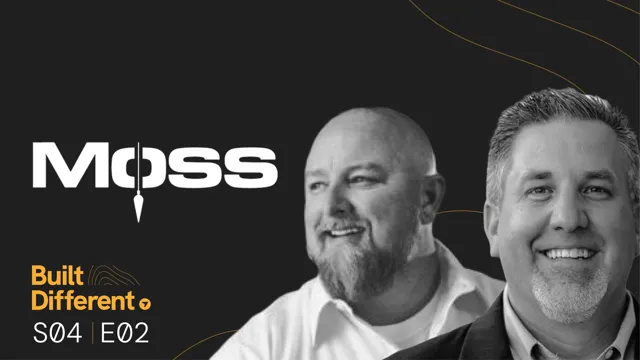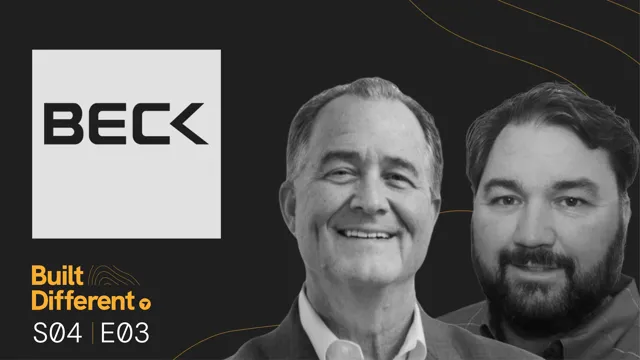Watch the session:
Download the slides:
The Built Different podcast is back and this season we're headed to the field! To kick off the season, host Grant Hagen sits down with former superintendent and new co-host Adam Della Monica. In this episode the two share stories from the field. This season, we're traveling the country to meet the builders making incredible projects happen. Want to follow along? Subscribe now!


